FAQs and Common Questions
Got a question? We're here to help.
-
Is there a chance the needle may puncture my implant?
Regardless of how thin you feel your skin is, you still have the same usual layers as everyone else. Pigment is implanted just below the epidermis into the top dermal layer, so your implant is safe.
-
I’ve seen work that looks very red. Should I be concerned?
The procedure creates a controlled wound. As a result, the skin is irritated and inflamed. This is completely normal and will subside within a few days. As the red recedes, the color will start to resemble the color chosen during your consultation.
-
Will The Areola Restoration Center submit a medical claim for me?
The Areola Restoration Center is not a medical facility and due to HIPPA considerations is unable to submit a medical claim for you. However, we will provide you with a “LOMN” Letter of medical necessity, and a detailed receipt with the necessary diagnosis and procedure codes needed for reimbursement.
-
I’ve been through a lot. Is the aftercare difficult?
Absolutely not. All clients are given an after-care kit as well as written instructions on how to care for themselves. After speaking with our clients, they tell us this is the easiest part of their brave and difficult journey.
After the procedure, the area is thoroughly cleansed and dried. A clear occlusive dressing called Tegaderm is placed over the treatment area. Tegaderm is a medical wound covering that will breath, but it is waterproof. You will keep this on for three days. On the third day, while in a warm shower, you will gently peel the Tegaderm away from your body. Once the area is dry you will apply the provided ointment until it is completely healed. Of course, a copy of after care will be sent home with you along with the technician’s personal contact should you have any questions or concerns.
-
How long will it last?
Due to the lack of UV exposure, (in most cases) you may not have to have a refresh for 10 years or more.
-
I’ve submitted my claim and my insurance company immediately sent it back stating you were out of network. What should I do?
You will ask for an out of network exception or a gap exception and resubmit the claim. For this type of specialized work there usually isn’t a technician in network.
-
I have not been diagnosed with breast cancer but still needed a mastectomy and restoration, is it covered?
Under the 1998 WHCRA law, regardless of the reason, if your insurance covers mastectomies they must provide the same coverage, including complete restoration.
-
What is the down time?
You won’t have any down time but you should take some things into consideration.
* Avoid swimming in open water and pools for 2 weeks following your procedure.
* Apply Vaseline based product to the area if you’re going to swim in swimming pools or jacuzzi because the chlorine may change the color over time.
* Avoid heavy sweating and cloths that may cause friction for the first two weeks.
-
Will it hurt?
The majority of Areola placement sites have no feeling. But, should the nerves endings have feeling, numbing agent will be used before, during, and after the procedure ensuring client comfort.
-
If I have bilateral Areola’s tattooed will the color be a perfect match?
In a perfect world, yes. But like eyebrows, they are sisters, not twins. We must take into account variables and considerations that will impact color retention and the final result. So…. Here’s the short list.
* The type of reconstruction
* Scar tissue
* How you sleep
* Radiation on one or both breasts
* Difference in skin from one breast to the other
* Different medications, for example morphine
-
When can I have the 3D Areola tattoo procedure?
It’s important to ensure the breast mound is stable and in its final position. It’s recommended to wait at least 2 months from when the last breast reconstruction has been done or as approved by your physician. But no sooner than 8 -12 weeks.
-
My Areola looks very dark, will it fade?
Color will fade, especially during the first 30 days of epidermal cell turnover. Variables that effect color fade include UV exposure, specific metabolic conditions including hypothyroidism and overactive immune system.
-
How many visits will it take?
Usually 1-2 procedures. This will depend on the condition of the skin, amount of scar tissue, medications, and if treatments such as radiation have been used.
-
Is there a guarantee that I will get reimbursed?
Unfortunately, No. If your insurance currently covers mastectomies, then you can be confident they will cover the Areola/Nipple Restoration. But don’t hesitate to inquire with your insurance carrier prior to the procedure.
https://www.dol.gov/agencies/ebsa/laws-and-regulations/laws/whcra
-
Can men have Areola/Nipple restoration?
Absolutely! According to the CDC, approximately 1 out of every 100-breast cancer diagnosis is found in men. Everything applies.
-
Are there any risks associated with Micropigmentation?
As with any procedure where the skin is broken there are risk factors. These may include, infection, allergic reaction, granulomas and keloid formations.









